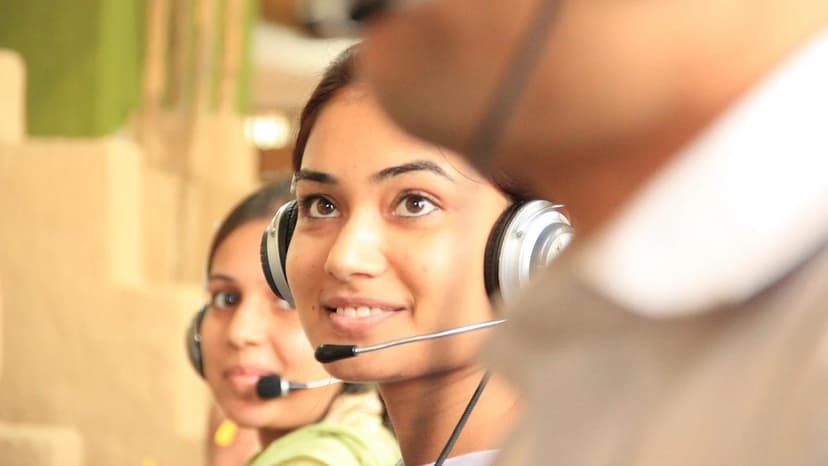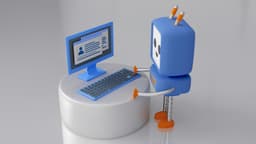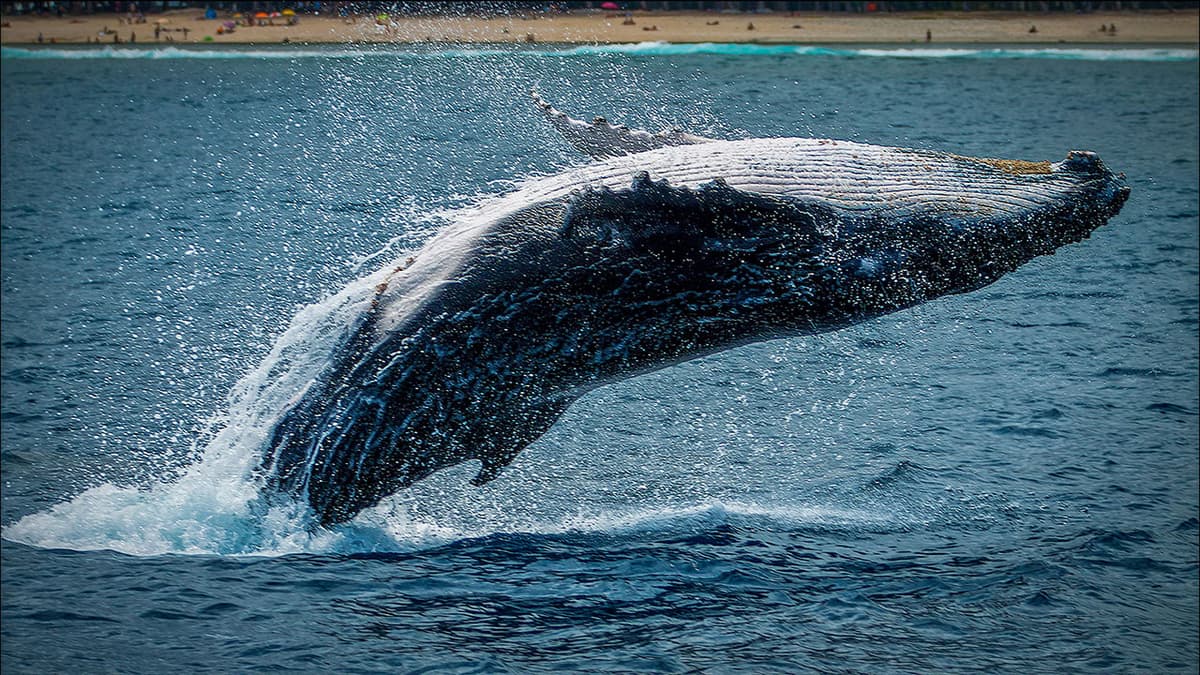AI Battleship: Programmed to Win
AI has made significant advancements in various fields, including gaming. One fascinating application of AI is teaching it to play the classic game of Battleship. Researchers have developed AI algorithms that enable AI to compete against human players with remarkable skill. This article explores the development of AI algorithms for playing Battleship and the strategies employed to achieve victory.
Understanding Battleship
What is Battleship? Battleship is a two-player game where each player strategically places their ships on a grid. Players take turns guessing the location of their opponent's ships by calling out coordinates. If a hit is made, the player marks it on their grid. If all positions of a ship are revealed, it is considered sunk. The first player to sink all their opponent's ships wins.
Training AI for Battleship
How is AI trained to play Battleship? Training an AI algorithm involves teaching it the game's rules and strategies while allowing it to learn from experience. One method is reinforcement learning, where the AI plays numerous games against itself or other AI opponents. Through this process, the AI learns which actions lead to favorable outcomes and adjusts its strategy accordingly.
Researchers at NYU developed an AI system that mastered Battleship by learning to ask smart questions. By training the AI to ask targeted questions, it can efficiently deduce the whereabouts of opponent ships, leading to a higher chance of hitting them accurately. More information about this development can be found here.
Another approach involves using Monte Carlo methods. By simulating millions of games and analyzing the outcomes, AI algorithms can determine optimal strategies. This probabilistic algorithm completes 50% of games within approximately 42 turns, outperforming simpler methods.
Strategies for AI Success
What strategies help AI succeed in Battleship? Several methods have enhanced AI algorithms' ability in the game. One popular approach is dynamic programming. This technique breaks down the game into smaller subproblems and solves them individually. It calculates the probabilities of ship positions, optimizing target coordinate selection based on the highest probability of a hit.
Genetic algorithms have also been effective in training AI for Battleship. In this method, a population of AI agents evolves over multiple generations, with the fittest individuals passing their genetic material to the next generation. This iterative process allows the AI to improve its gameplay by learning from previous successes and failures.
The Quest for the Best Battleship AI
Why do developers pursue the best Battleship AI? The quest to create the best Battleship AI has led to competitions and discussions among developers. In a notable coding competition, participants challenged each other to create the most formidable AI opponent. Such events highlight the enthusiasm for developing intelligent algorithms for playing Battleship.
The development of AI algorithms for Battleship has yielded impressive results. Through reinforcement learning, Monte Carlo methods, dynamic programming, and genetic algorithms, AI has achieved remarkable skill in this classic game. The continuous quest for the best Battleship AI emphasizes the interesting intersection of AI and gaming.












